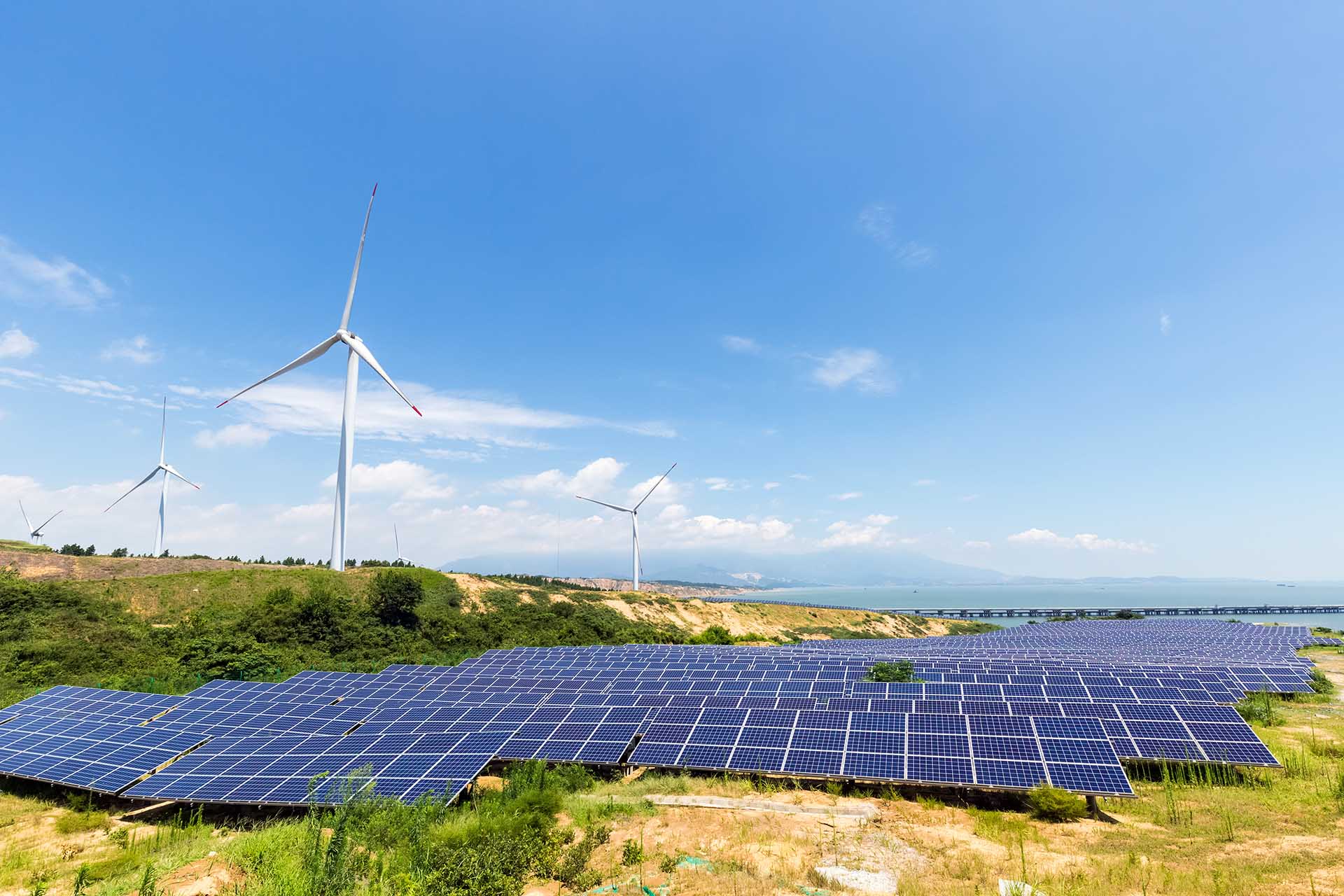In a remarkable achievement, China has surpassed its clean energy target six years ahead of schedule, marking a significant milestone in the global push for renewable energy and climate change mitigation. The country’s commitment to reducing its carbon footprint has been a major focus of its long-term environmental strategy, and this accomplishment highlights China’s growing role in the international fight against climate change.
A Bold Ambition
In 2015, China set an ambitious goal to have renewable energy sources—such as wind, solar, hydroelectric, and nuclear power—account for 20% of its total energy consumption by 2030. However, in a stunning display of progress, China reached that target in late 2024, securing the 20% mark six years ahead of the projected deadline.
This achievement is a testament to the country’s rapid investments in renewable energy infrastructure and technology, which have been a priority for Chinese policymakers over the last decade. With substantial government backing, China has built some of the world’s largest wind and solar farms, and the country now leads global efforts in green energy production and innovation.
Powering the Future
China’s clean energy revolution has not only been a key factor in reaching its goals but also in reshaping the energy landscape globally. The country is now the world’s largest producer of solar panels, wind turbines, and electric vehicles, all of which have played a central role in driving down greenhouse gas emissions. As of 2024, China generated over 2,500 gigawatts of electricity from renewable sources, a number that is expected to continue growing at a rapid pace.

Analysts also point out that China’s push for clean energy has led to the development of new technologies and job opportunities, creating a burgeoning green economy. In particular, the shift to renewable energy has stimulated the growth of the electric vehicle market, with China becoming the world’s largest market for electric cars, buses, and trucks.
“The rapid expansion of China’s clean energy sector is a crucial step not just for the country, but for the entire world,” said Dr. Liu Wei, a senior energy analyst at Beijing’s Energy Research Institute. “This shows that large-scale transitions to renewable energy are possible even in developing countries, and it sends a powerful message to other nations about the feasibility of meeting global climate targets.”
Key Factors Behind the Success
Several factors have contributed to China’s early success in meeting its renewable energy goals. Key among them is massive government investment in renewable energy projects, with billions of dollars allocated each year to fund new infrastructure, research, and development.
Furthermore, China’s ambitious “Made in China 2025” initiative and its “Green Belt and Road” plan, which emphasizes the global export of renewable energy technologies, have positioned the country as a leader in both energy production and green innovation.
The Chinese government also implemented a number of policies to promote energy efficiency and environmental sustainability, including stricter emissions regulations, incentives for green technologies, and the construction of large-scale clean energy plants.
Challenges and the Road Ahead
While China’s clean energy milestone is undoubtedly a success, experts caution that the country still faces significant challenges in achieving its broader environmental goals. Air quality remains a major issue in some urban areas, and there are concerns about the environmental impact of resource extraction for renewable technologies.
Additionally, the transition to a carbon-neutral economy will require continued investment in energy storage solutions, grid infrastructure, and the decarbonization of industries like steel and cement.
Despite these challenges, China’s early success in reaching its clean energy targets has positioned the country to lead the way in the global energy transition, setting a powerful example for other nations to follow.
Global Implications
The milestone has garnered international attention, with global leaders praising China’s progress. “This is a major achievement, not only for China but for the world,” said António Guterres, Secretary-General of the United Nations. “China’s actions show that large-scale transformations in energy are possible, and it sets a benchmark for other countries to follow.”
The rapid advancement in clean energy by China is expected to accelerate efforts for the upcoming COP30 climate summit, where world leaders will gather to discuss the next steps in tackling the climate crisis. As one of the world’s largest emitters, China’s success could play a pivotal role in shaping future international agreements and driving global commitments to net-zero emissions.
Conclusion
With its impressive achievement of reaching its 20% clean energy goal six years ahead of schedule, China has firmly cemented itself as a leader in the global transition to renewable energy. While challenges remain, the country’s progress in renewable energy serves as both an inspiration and a model for other nations working to combat climate change and build a sustainable future for generations to come.
As China continues to expand its green energy initiatives, the world will be watching closely, eager to see how the nation’s next steps can help shape the future of global sustainability.













